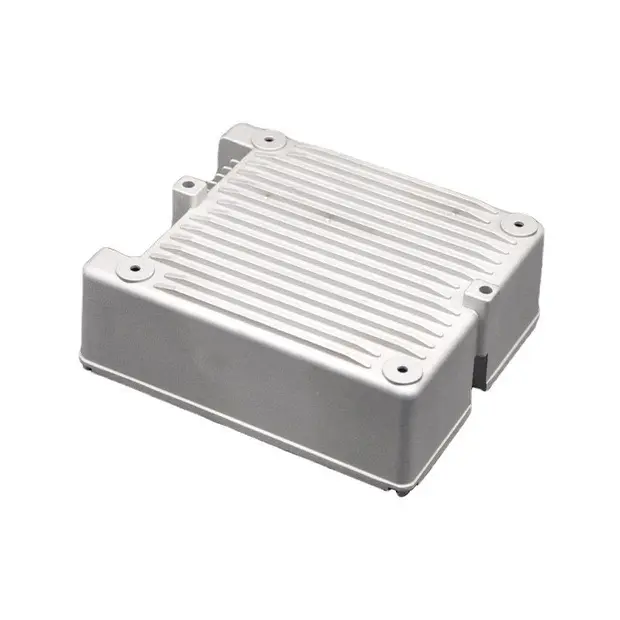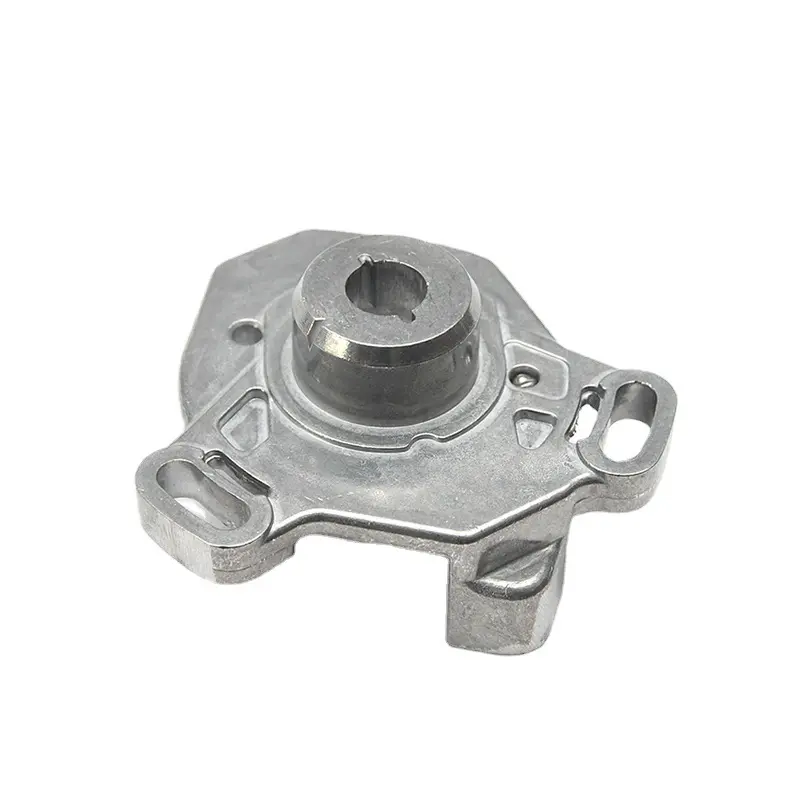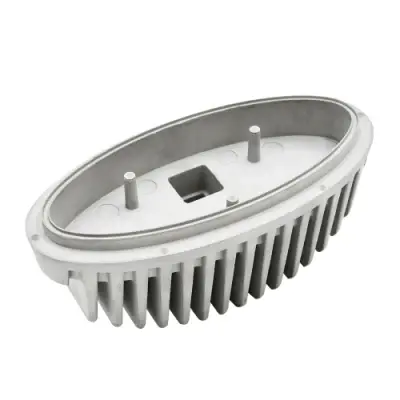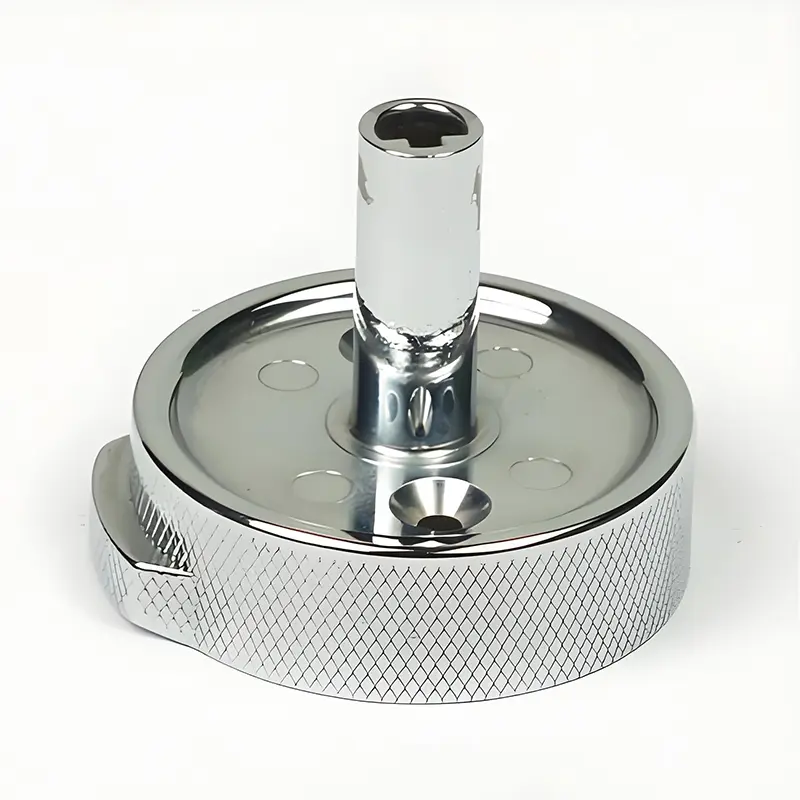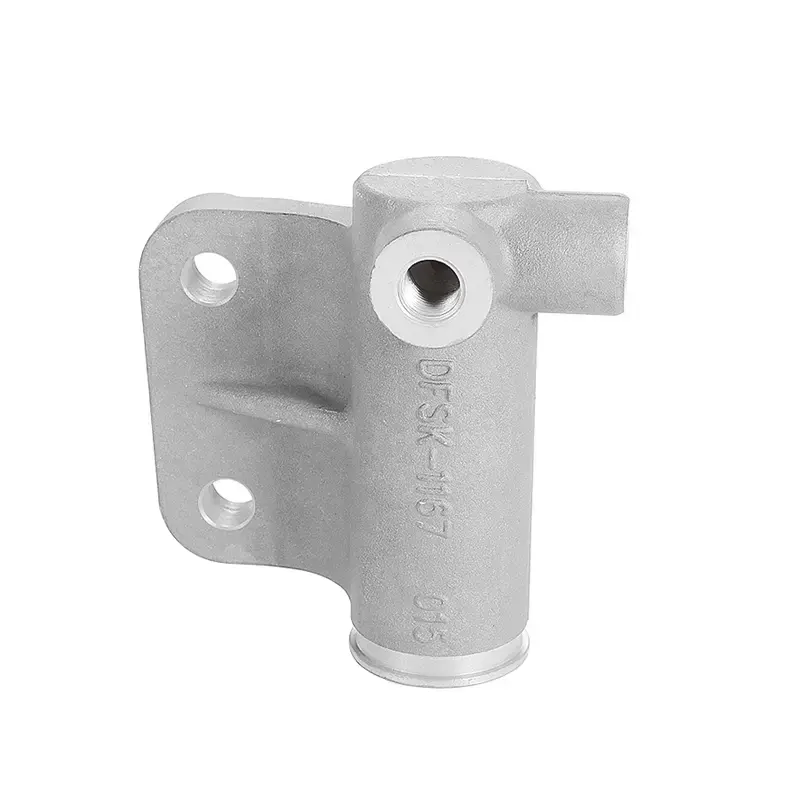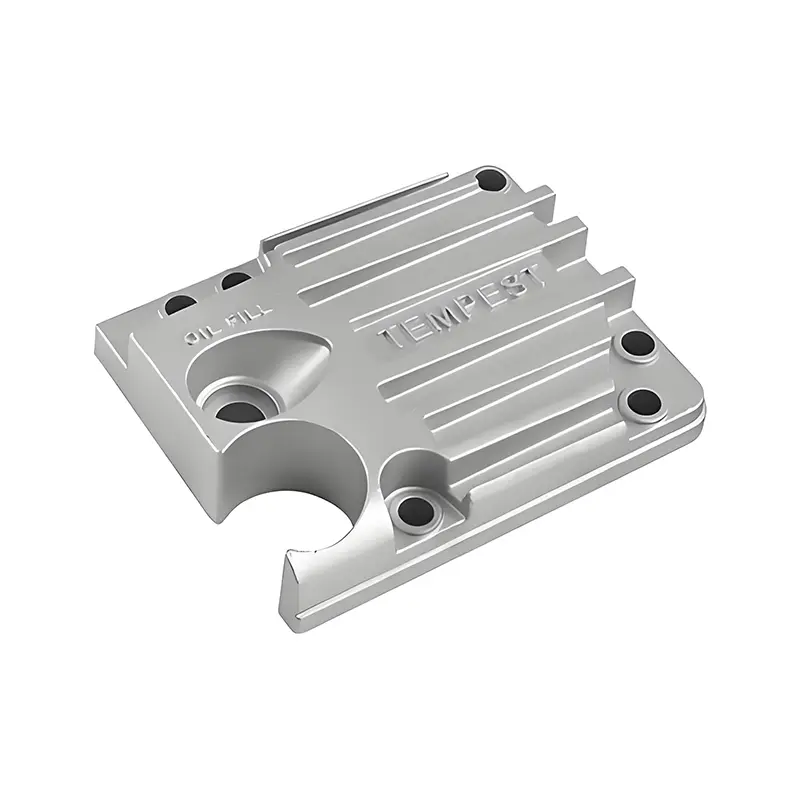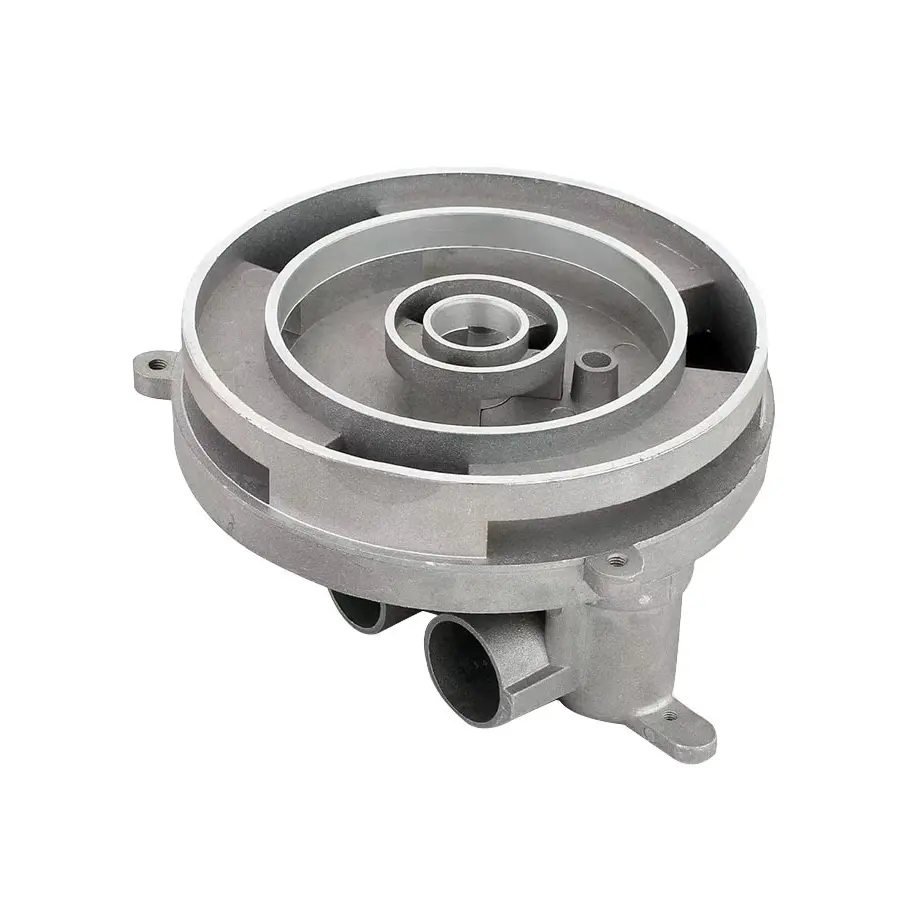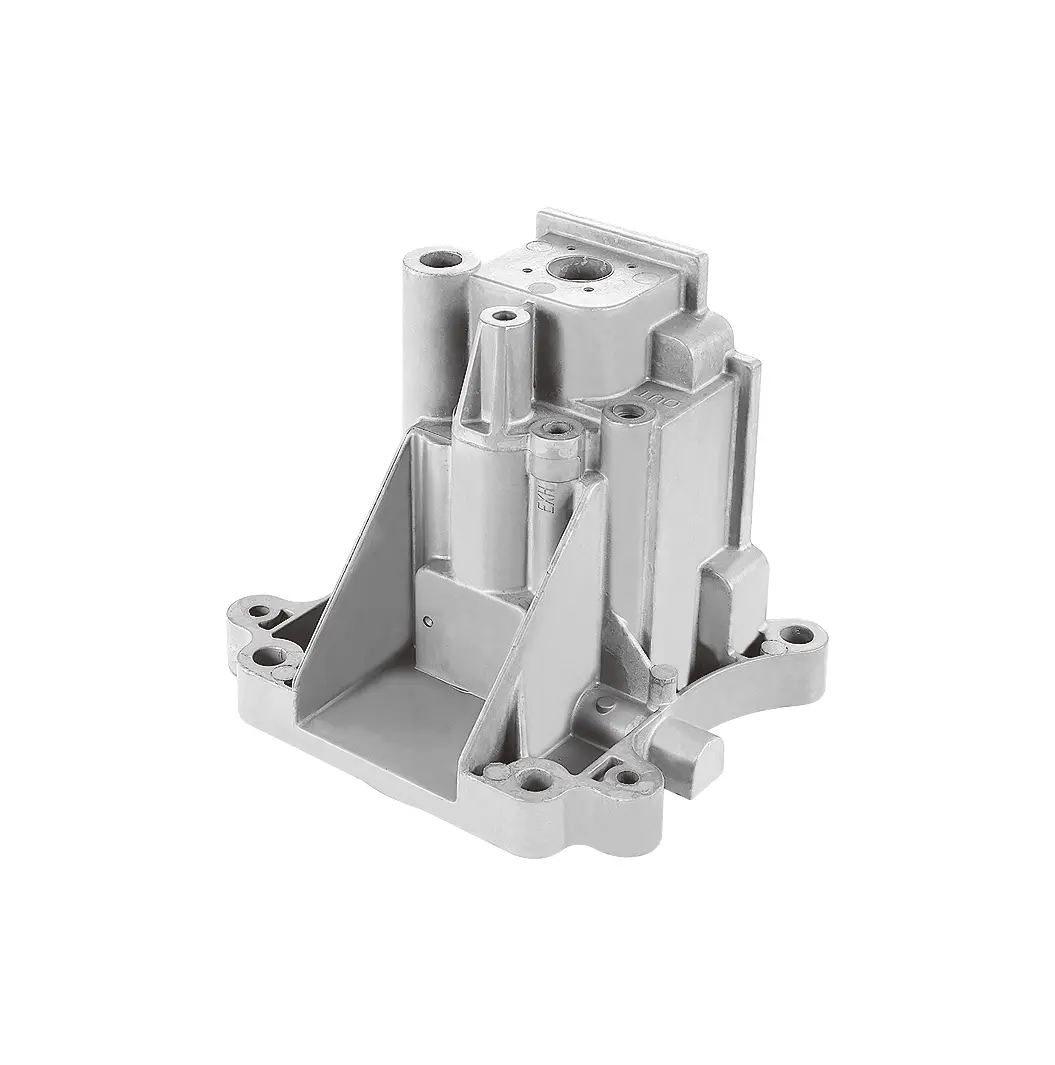 +86-13516964051
+86-13516964051 Important elements affecting the casting performance of aluminum alloy die castings
Important elements affecting the casting performance of Aluminum Alloy Die Castings
In the global aluminum alloy die casting market, casting performance is one of the key indicators to measure product quality. The quality of casting performance directly affects the mechanical properties, dimensional accuracy, surface quality and production efficiency of die castings.
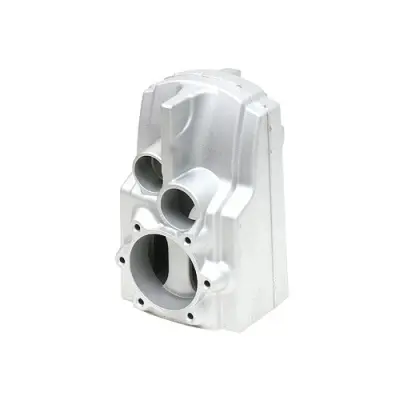
1. Basic concepts of casting performance of aluminum alloy die castings
The casting performance of aluminum alloy die castings mainly includes fluidity, shrinkage, hot cracking tendency, porosity and mechanical properties. These properties depend not only on the chemical composition of the alloy, but also on factors such as Die Casting Process parameters, mold design and manufacturing quality.
2. Important elements affecting the casting performance of aluminum alloy die castings
(I) Silicon (Si)
Silicon is the main element of most die-casting aluminum alloys and has the following characteristics:
Improving fluidity: Silicon can significantly improve the high-temperature fluidity of the alloy and reduce the cold shut and hot cracking tendency of the casting.
Improving wear resistance: The addition of silicon can improve the wear resistance of the alloy and is suitable for parts that require high wear resistance.
Reducing shrinkage: The volume change of silicon-containing alloys is small, and it is easier to produce castings without collapse and shrinkage cracks.
Controlled content: The silicon content is generally controlled between 9.6% and 12%. When it exceeds 12%, silicon and aluminum form a hypereutectic, which may lead to the appearance of hard spots and affect cutting processing.
(II) Copper (Cu)
The role of copper in aluminum alloys includes:
Improving strength and hardness: The addition of copper can significantly improve the tensile strength and hardness of the alloy.
Reducing corrosion resistance: The addition of copper will reduce the corrosion resistance of the alloy. Therefore, in applications requiring high corrosion resistance, the copper content needs to be strictly controlled.
Controlled content: The copper content is usually controlled between 1.5% and 3.5% to balance strength and corrosion resistance.
(III) Magnesium (Mg)
The role of magnesium in aluminum alloys includes:
Improving strength and machinability: A small amount of magnesium (about 0.2%-0.3%) can improve the strength and machinability of the alloy.
Hot cracking tendency: Too high magnesium content will increase the hot cracking tendency and reduce the strength and plasticity at high temperatures.
Controlled content: The magnesium content generally does not exceed 0.10% to avoid hot cracking and looseness.
(IV) Zinc (Zn)
The role of zinc in aluminum alloys includes:
Improving fluidity: Zinc can improve the fluidity of the alloy and improve casting performance.
Reducing corrosion resistance: The addition of zinc will reduce the corrosion resistance of the alloy, so the zinc content needs to be controlled.
Controlled content: The zinc content generally does not exceed 3% to avoid hot cracking and reduce corrosion resistance.
(V) Iron (Fe)
The role of iron in aluminum alloys includes:
Improving strength and hardness: A small amount of iron can improve the strength and hardness of the alloy.
Reducing mold sticking: When the iron content is 0.6%-1.0%, the mold sticking phenomenon can be reduced, which is beneficial to the die casting process.
Controlled content: The iron content is generally controlled between 0.6%-1.2% to avoid reducing the fluidity of the alloy and increasing the tendency of hot cracking.
(VI) Manganese (Mn)
The role of manganese in aluminum alloys includes:
Improving the harmful effects of iron: Manganese can reduce the lamellar or needle-like structure formed by iron and improve the microstructure of the alloy.
Improve plasticity and impact strength: The addition of manganese can improve the plasticity and impact strength of the alloy.
Controlled content: The manganese content is generally not more than 0.5% to avoid segregation.
(VII) Nickel (Ni)
The role of nickel in aluminum alloys includes:
Improve strength and hardness: Nickel can improve the strength and hardness of the alloy.
Reduce corrosion: Nickel can reduce the alloy's corrosion on the mold and increase the mold life.
Controlled content: The nickel content is generally controlled between 1% and 1.5%.
(VIII) Titanium (Ti)
The role of titanium in aluminum alloys includes:
Grain refinement: Titanium can significantly refine the grain structure of aluminum alloys and improve the mechanical properties of alloys.
Reducing hot cracking tendency: The addition of titanium can reduce the hot cracking tendency of the alloy.
Controlled content: The titanium content is generally controlled within a trace range.
(IX) Strontium (Sr)
The role of strontium in aluminum alloys includes:
Modification: Strontium can change the behavior of the intermetallic compound phase, improve the plasticity of the alloy and the quality of the final product.
Improve mechanical properties: The addition of strontium can improve the tensile strength and elongation of the alloy.
Control content: The strontium content is generally controlled between 0.015%-0.03%.
(X) Zirconium (Zr)
The role of zirconium in aluminum alloys includes:
Grain refinement: Zirconium can refine recrystallized grains and improve the mechanical properties of the alloy.
Hindering recrystallization: Zirconium can hinder the recrystallization process and improve the high temperature performance of the alloy.
Control content: The zirconium content is generally controlled between 0.1%-0.3%.
3. Comprehensive influence of elements
In actual production, the composition of aluminum alloys is a combination of multiple elements, which interact with each other and jointly affect the casting performance. For example, the combination of silicon and copper can improve the fluidity and strength of the alloy, but the copper content needs to be controlled to avoid reducing corrosion resistance. Similarly, the combination of magnesium and zinc can improve the strength and fluidity of the alloy, but the magnesium content needs to be controlled to avoid hot cracking tendency.
4. The influence of casting process on the role of elements
In addition to alloy composition, casting process parameters also have an important influence on casting performance. For example, parameters such as pouring temperature, injection pressure, injection speed and holding time need to be optimized according to the alloy composition. Reasonable process parameters can ensure complete filling of castings and reduce the generation of defects and pores.
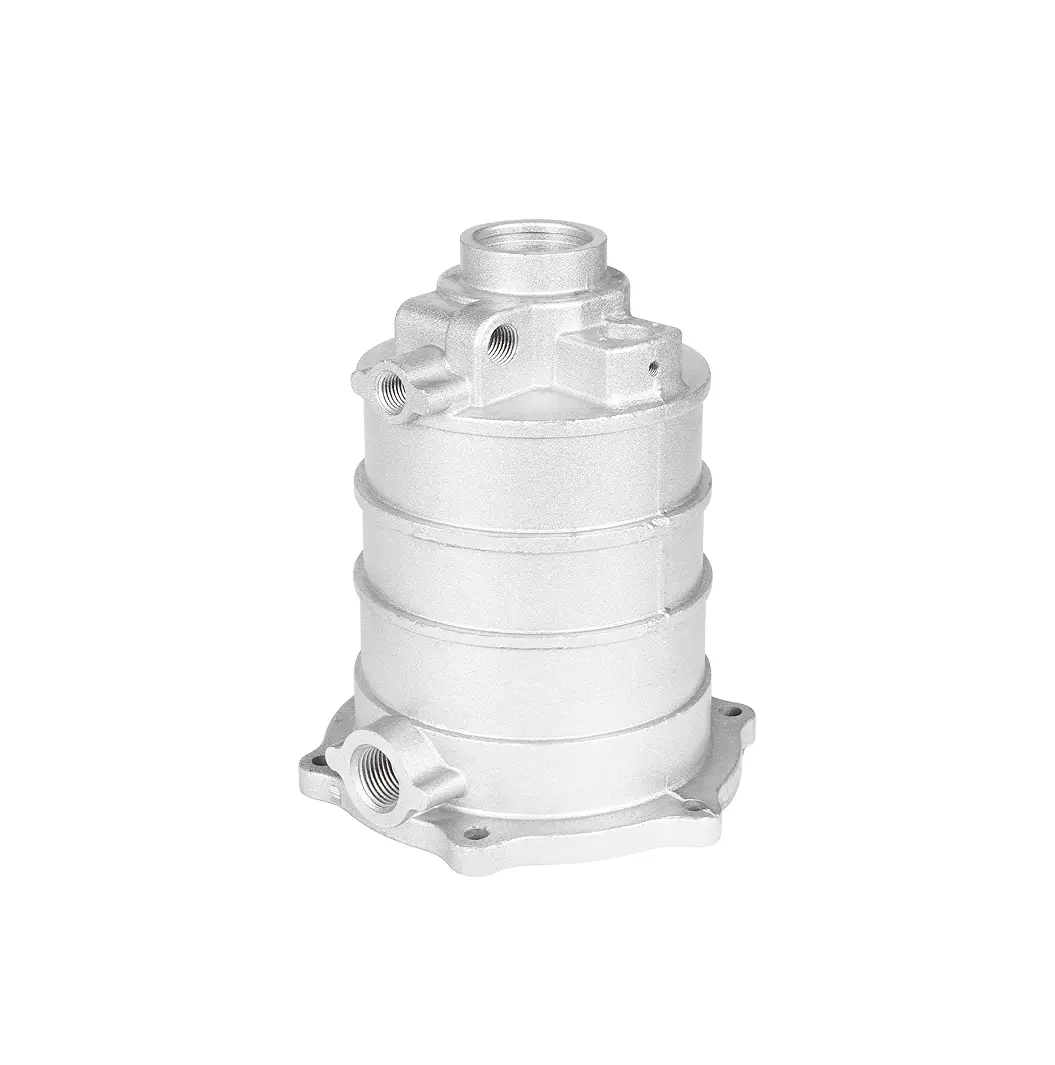
5. Conclusion
The casting performance of aluminum alloy die castings is affected by a variety of elements. Elements such as silicon, copper, magnesium, zinc, iron, manganese, nickel, titanium, strontium and zirconium have a significant effect on casting performance within different content ranges. When selecting aluminum alloys, it is necessary to reasonably select and control the content of these elements according to specific application requirements and process conditions to achieve the best casting performance.








